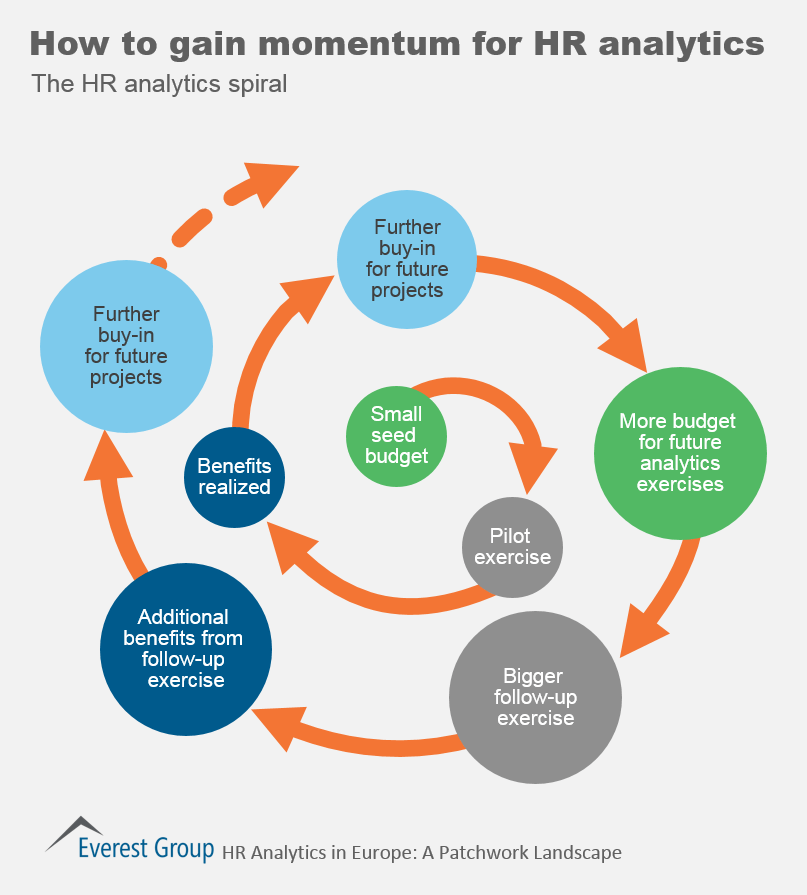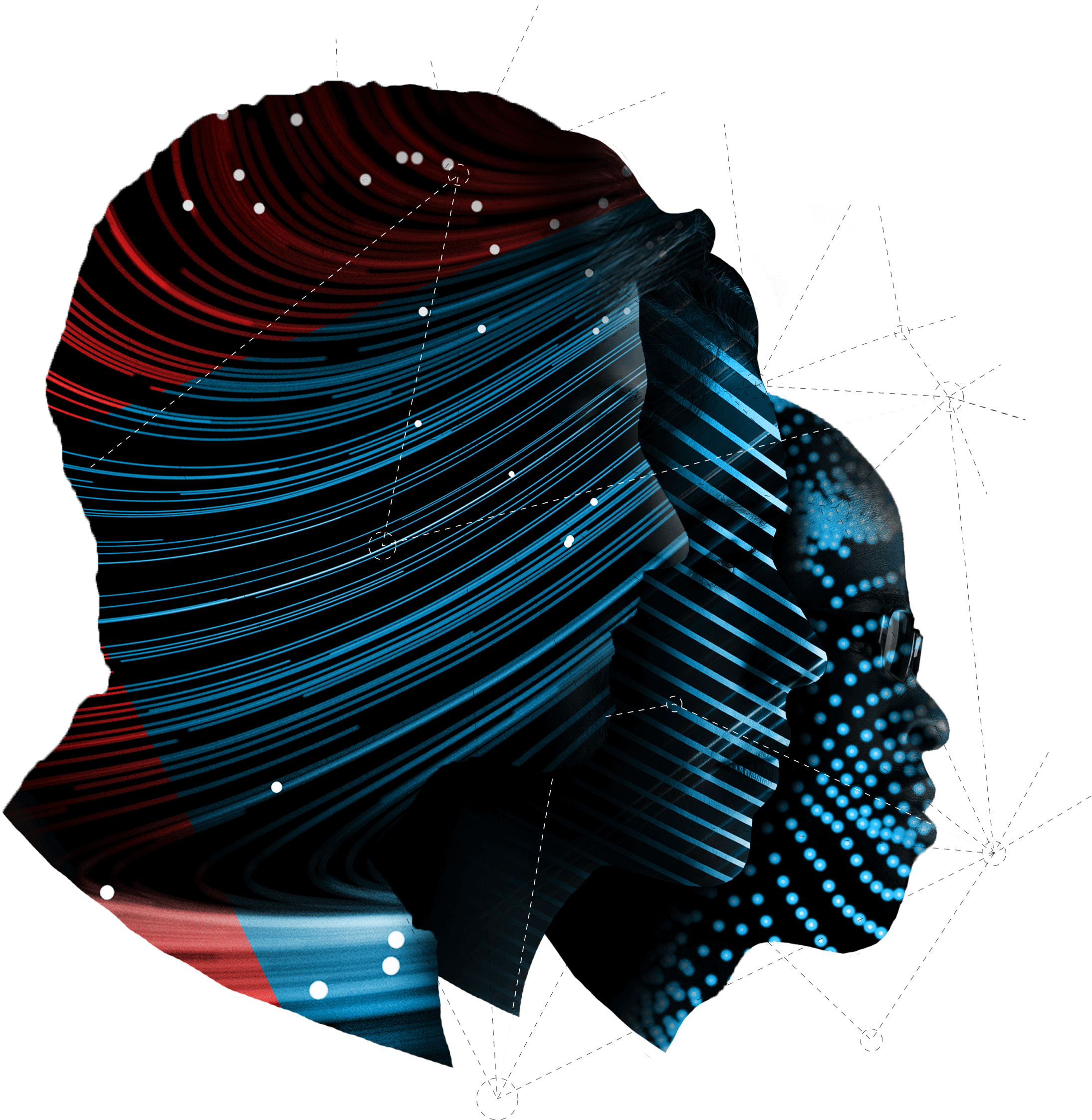
#Gaining insights how to#
If an employee is working on a project similar to one that’s been done before, and they’re given freedom in how to complete the project, they’ll likely perform the task differently than their predecessor. Insights brought about by further exploration or examination stemming from an “observation rather than by the repetition of a pattern.” It leads to the thought, “What’s going on here and what are we doing about it?” If both of these criteria are met, a new process is formed. When a coincidence occurs, it’s important to take the time to investigate if it’s useful, and if it’s possible to replicate. “Observing a coincidence means that we’ve spotted some events that seem related to each other even though they don’t seem to have any obvious causal link.”Ĭoincidences are inherently hard to plan for, because they happen by chance. If the training draws parallels between the new program and one that the learner is already comfortable with, the learner can assume that there will be more similarities, and will explore usage of the new program to see what else they can adapt from their experience with the original program.Ĭhance occurrences, or associations, that have not been noticed or previously explained. Imagine a learner is being trained on a new system. “Connecting the dots and solving a problem by being exposed to more ideas.” Reanalyzing personal heuristics from a new perspective when additional information becomes available is a great way to find creative solutions. The process of combining new information with information that was already known to trigger insights. In his book, Seeing What Others Don’t, Gary Klein shares stories and lessons explaining how insights are triggered, why they’re wrongfully suppressed, and how we can capitalize on them. It’s easy to see why we should put an emphasis on insights. Once they’re able to start applying the content to tangible aspects of their lives, interest and retention skyrocket. “Aha” moments stick with the learner, and stand out as places where the learner connected with the content to the point where they could start to make inferences. When learning something new, these moments are critical. They are those “Aha” moments where something clicks, and the pieces fall into place. His remarkable insight was the reason that he, and two of the other smokejumpers who followed his lead, survived when others fell victim to the inferno. They wouldn’t be able to remove the heat or the oxygen, but he realized that by starting the brush on fire, he could remove the source of fuel and survive the larger blaze.


On the contrary, Dodge knew that fire needs fuel, heat, and oxygen to burn. He waved to the others to join him as he put a wet handkerchief over his mouth and laid down in the ashes, but they thought that he’d lost his mind.

With the roaring fire only a hundred yards from his team, Dodge lit the brush in front of him. Instead of giving up, Dodge had a flash of insight – he could quite literally fight fire with fire to survive.

Faced with weather in the upper 90s, a steep incline, and an explosive fire closing in on the them, Dodge realized that they couldn’t outrun the fire. Their team’s original mission of putting out a canyon fire had turned into a fight for their lives. Wagner Dodge was running up a hill with 15 other smokejumpers.


 0 kommentar(er)
0 kommentar(er)
